Share This
We continue our dive into International Mediterranean Diet Month, our annual celebration each May of the delicious foods and wide-ranging health benefits associated with the Mediterranean Diet and its vibrant lifestyle. One of our tips for following a Med Diet is to “Eat seafood twice a week,” since fish like tuna, herring, salmon, and sardines are rich in omega-3 fatty acids, and shellfish including mussels, oysters, and clams have similar benefits for brain and heart health. We asked our school of experts for simple and affordable ways for you to incorporate seafood into your diet, whether it be the centerpiece of a meal, a substitute for other meat, a way to add flavor, or a quick and portable snack.
As a quick note, for those of you in Cincinnati, Columbus, Denver, or Nashville, make a stop at your local Kroger store or The Little Clinic (TLC) location to check out their month-long Make It Mediterranean! celebration happening throughout the month of May. We’ve partnered with Kroger, as well as many other grocery stores across the country for International Mediterranean Diet Month. Look out for recipe sampling, cooking demos, discounts, and more fun activities. Kroger and TLC experienced registered dietitians are there to help incorporate delicious Mediterranean foods into your diet.
Ask the Experts, Med Month Seafood Edition
Tuna for Chicken. I will be the first one to admit I am not a HUGE seafood fan. Well, unless of course I’m floating on an island in the Caribbean eating fresh fish tacos! In an effort to get my family to eat more seafood, I’ve decided to swap out some of our traditional favorites for seafood, like this Lightened Up Tuna Casserole (courtesy image above). It’s a fun twist on a traditional green bean and chicken casserole, using a blend of delicious whole grain pasta, frozen green beans, mushrooms, and of course, tuna. This dish can easily be prepped ahead of time and reheated for a quick lunch or dinner on the fly. Eating your seafood has never been so comforting, right?!
– Elizabeth Shaw, MS, RDN, CLT, Nutrition Communications Consultant at Shaw’s Simple Swaps, Fertility Nutrition Expert at BumpstoBaby.com, co-author of Fertility Foods.
More Than Tuna Comes Canned. One of my favorite seafood snacks is smoked oysters and mussels! I know it sounds completely random, but I’ve been eating them since I was a kid. Just open a can, drain them, squirt with lemon or lime, and eat straight or on crackers. They’re delicious, a great source of protein and zinc, and cost-effective. LOVE.
– Abby Langer, RD, owner of Abby Langer Nutrition in Toronto, Canada
Don’t Overlook Calamari. Though often served breaded or battered and deep-fried, plain calamari (the term used for cooked squid) is one of the leanest types of seafood. In fact, one 3-ounce serving of cooked calamari provides approximately 130 calories, only 1 g each of fat and carbohydrate, plus 28 g high-quality complete protein. This serving also offers roughly 50% and 75% of your daily needs for iron and vitamin B12, respectively. Calamari are quite inexpensive, and don’t involve much prep or time to cook. In less than 30 minutes, start to finish, this spicy herb and tomato-based calamari stew with garlicky croutons (courtesy image below) bubbles up for a quick, delicious, healthful meal. Note: Small shrimp or bay scallops, even leftover cooked poultry or pork or beans could stand in if you don’t have or like calamari.
– Heather Goesch, MPH, RDN, LDN, nutrition consultant and food blogger at Heather Goesch Nutrition, and contributing author to Food & Nutrition Magazine; www.heathergnutrition.com
Any Time of Day. I love fish and have no problem incorporating it into my diet twice per week, but I often hear others struggle with this recommendation for good health. What are my tips to catch the benefits and enjoy the great taste of fish?
- Add fish to breakfast: One of my favorite morning meals includes the addition of salmon to eggs. A family favorite in my house is a twist on eggs benedict with smoked salmon: Nordic Eggs Benedict. This dish will also work at any meal, and can be prepared in less than 20 minutes!
- Add fish to a few of your favorite dishes: Fish can add delicious flavor along with great health benefits — add mussels and clams to a marinara sauce and serve over linguine, add tilapia to a stir fry, or add red snapper to tacos.
- A fish dinner can be quick and easy: Does preparing a fish entree seem too difficult? Think again! Salmon can be cooked to a safe internal temperature of 145° in under 25 minutes. Season fish with your favorite spices and herbs and bake at 400° along with your vegetables. Enjoy this one-dish meal: Salmon and Bok Choy Sheet Pan Dinner.
- Pack tuna pouches for quick on-the-go snacks and meals: Toss wild tuna packed in pouches into your lunch or gym bag — or suitcase when traveling — a great way to add protein to meals on-the-go! Top a salad with tuna, enjoy served with whole grain crackers, or eat alone. I enjoy canned tuna or tuna in pouches that are low in mercury and sustainably caught.
– Kathy Siegel, MS, RDN, CDN nutrition consultant at Triad to Wellness
2-for-1. Are you fishing for longevity? The omega-3 fatty acids in fish can help slow the plaque buildup in your arteries that contribute to heart disease, as well as reduce your risk of dying from heart disease. That’s why it is currently recommended to eat at least two servings of fish (about 8 ounces total), especially fatty fish rich in these healthy omega-3’s weekly. Tip: The fish meals don’t have always be at dinner. Rather, grill extra fish, such as salmon (courtesy image below), for dinner and enjoy the leftovers for lunch the next day. Bingo: There are your two fish meals for the week!
– Dr. Joan Salge Blake, EdD, RDN, LDN, FAND, Clinical Associate Professor at Boston University, author of Nutrition & You
Entice Meat Lovers. Not everyone in my family is a natural born fish lover, so I coax them with meaty tasting seafood like salmon or tuna. One meal that everyone seems to be on board with is this recipe for sesame tuna over baby spinach. It takes only about 15 minutes to make so it’s perfect for busy weeknights.
BONUS RECIPE: Sesame Tuna Over Baby Spinach
Serves: 2
Ingredients:
2 6-ounce tuna filets
Pinch salt
Pinch pepper
Non-stick cooking spray
2 tablespoons low sodium soy sauce
1 tablespoon rice wine vinegar
2 teaspoons canola oil
1 teaspoon sesame oil
½ teaspoon minced fresh ginger
½ teaspoon honey
4 cups baby spinach
Directions:
- Season tuna with salt and pepper.
- Spray a non-stick grill pan with cooking spray. Heat over medium high heat. Add tuna and cook 4 minutes for rare or 6 minutes for medium, flipping halfway. Remove from heat.
- While tuna is cooking, whisk together soy sauce, rice vinegar, canola oil, sesame oil, ginger and honey.
- Place spinach in a large salad bowl. Drizzle with 3 tablespoons soy vinaigrette. Divide spinach between 2 plates. Top each with tuna and drizzle with remaining vinaigrette.
– Karen Ansel, MS, RDN, a nutrition communications consultant and author of Healing Superfoods for Anti-Aging: Stay Younger, Live Longer, www.karenansel.com
Wrap It Up. Whenever I recommend to clients to eat seafood at least twice a week, many ask, “Well, how do I cook it?” While many people actually do enjoy seafood, it can be intimidating for a novice cook. One of my favorite methods to cook fish is “en papillote” — meaning “in paper” or “in parchment.” It is a moist-heat cooking method due to the steam from within the package where the food is enclosed by parchment paper that cooks the food. Build flavors with a base of vegetables, top with your fish of choice, and add seasonings. It can be done in 15-20 minutes. Doesn’t get much simpler than that! Want to try this method? Start with this Meditteranean En Papillote recipe.
– Julie Harrington, RD, Culinary Nutrition Consultant of RDelicious Kitchen
Plan Ahead. The best way to make eating the recommended amount of seafood a habit is to put it on the menu on the same days of the week: Tuesday and Friday for dinner, for example. Pregnant and breastfeeding women are advised to eat a third fish meal weekly, so they could “schedule” fish for an additional lunch or snack. I’m a big fan of canned and pouch tuna and salmon because they are economical, versatile, and convenient. I also keep frozen shrimp on hand for quick meals and snacks, which makes for a more special meal such as shrimp scampi, which is less expensive than a restaurant meal. Seasoned tuna and whole grain crackers make a delicious snack and a quick topping for green salad. You can also swap salmon in for meat or chicken in your favorite taco or pasta dish. Here are two of my favorite meals, from my blog: Tuna Burgers With Smashed Avocado and Tomato and Easy Creamy Polenta, Shrimp, and Vegetable Bowls (courtesy image below).
– Elizabeth Ward, MS, RD, author of Expect the Best, Your Guide to Healthy Eating Before, During, and After Pregnancy, www.betteristhenewperfect.com
Alt Protein. Switch up your plate by swapping red meat for fish twice a week. One way to do this is to incorporate a small portion of seafood, such as shrimp, tuna, or salmon, within a plant-based recipe, such as in a Nicoise salad, in a spinach pasta dish, or in a whole grain risotto. Continue to let the plant foods — vegetables, whole grains, legumes — be the star of the plate with more fish choices as protein alternatives.
– Sharon Palmer, RDN, The Plant-Powered Dietitian, author of Plant-Powered for Life and The Plant-Powered Blog, nutrition consultant for Oldways
Stock Your Shelves. I always have canned wild salmon on hand. It’s part of my southern DNA, I think. I like to use it to make a batch of Baked Salmon Cakes to eat for breakfast or for dinner with a side of sautéed green beans or other veggies. Canned salmon is an inexpensive, sustainable, and convenient way to get those omega-3 fatty acids and protein!
– Marisa Moore, RDN, Marisa Moore Nutrition
Enhance with Nuts. Even people who don’t love seafood will go nuts for this delicious dish. This Roasted Pecan Salmon is my favorite way to prepare salmon that is easy enough for a weeknight dinner and fancy enough for company. Adding nuts to heart-healthy salmon combines two of the staples in the Mediterranean diet.
– Kathleen Zelman, MPH, RD, director of nutrition for WebMD, webmd.com/kathleen-m-zelman
All-Purpose Salmon. As a nutritionist, I am a huge fan of swapping out meat for fish as a healthy protein source. I recommend grilled salmon (courtesy image below) which is rich in omega-3 fatty acids. And a small portion goes a long way! Choose 3-4 oz grilled salmon (to fill ¼ plate) and fill half of the plate with vegetables, and the other ¼ of the plate with healthy starch such as brown rice or sweet potatoes. A simple and healthy way to prepare salmon is to drizzle with olive oil and your favorite spices and grill it. Simple. On a budget? No problem! Canned salmon can also fit the bill as a healthy protein option. Top a small can of salmon on top of a colorful salad and drizzle with heart healthy olive oil.
– Lisa R. Young, PhD, RD, Adjunct Professor of Nutrition at New York University, www.portionteller.com

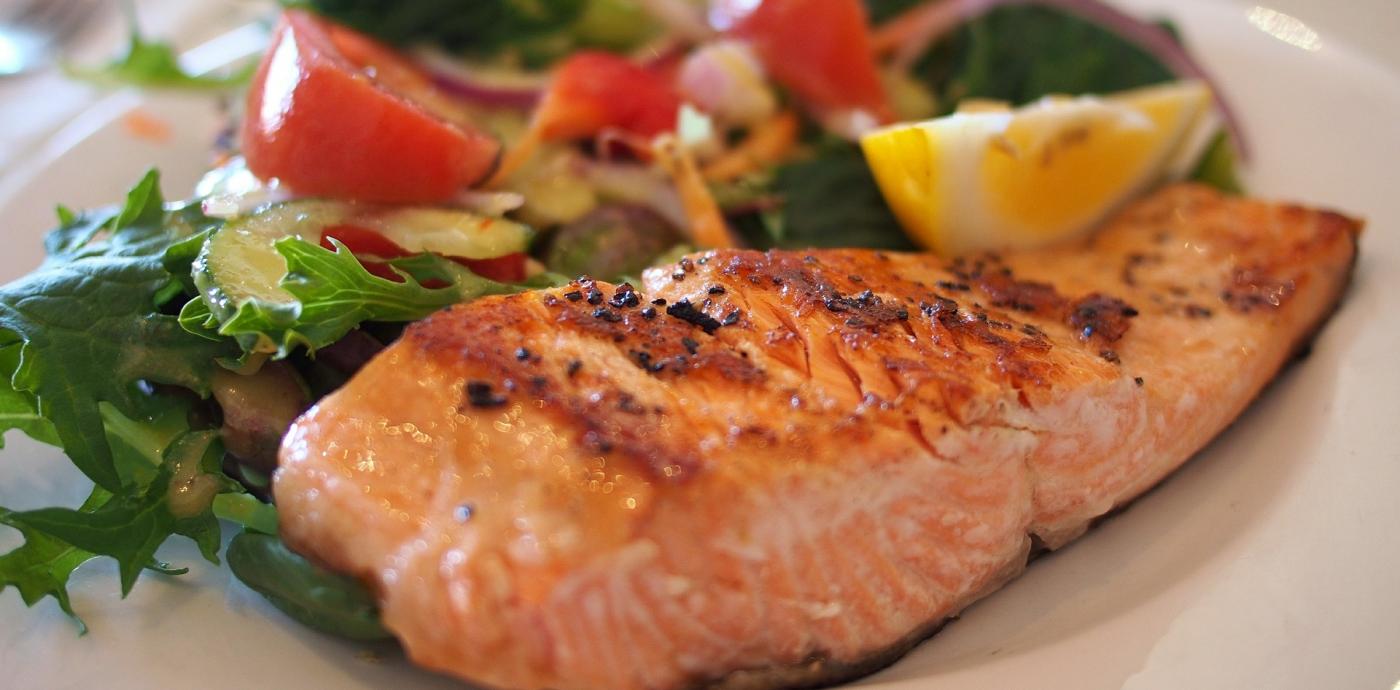
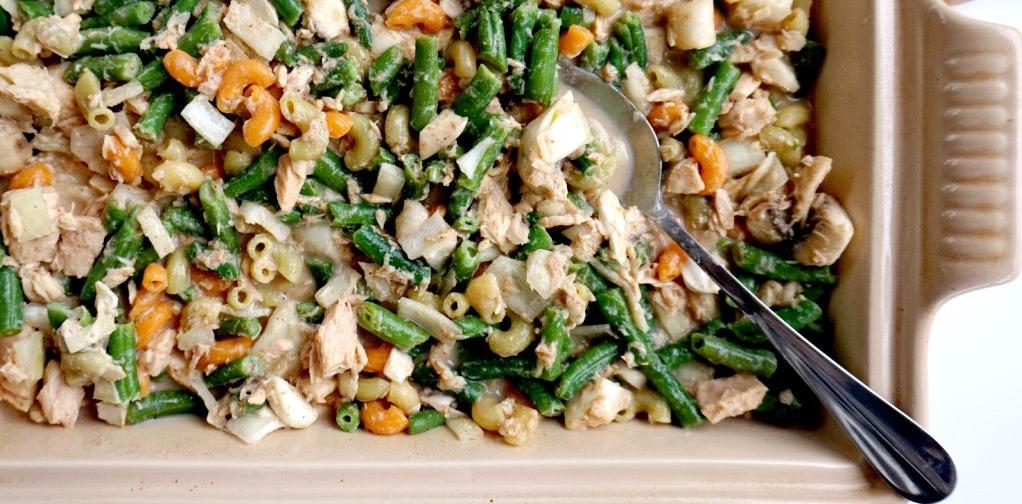
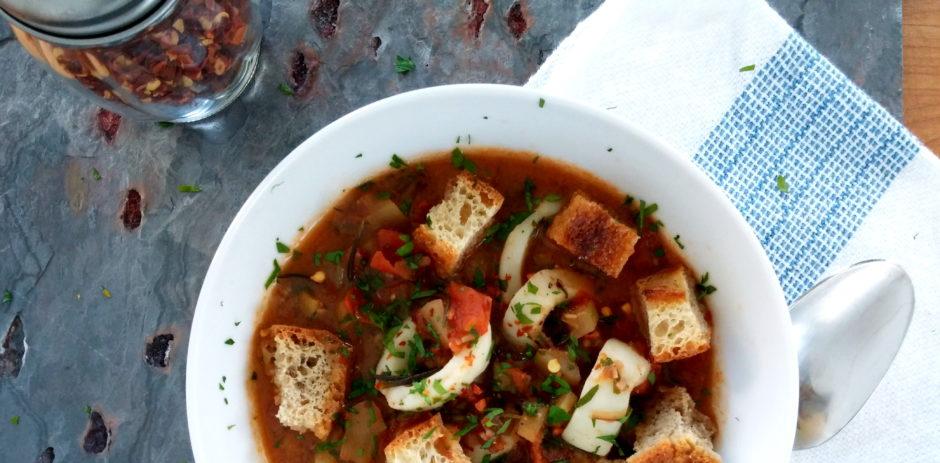
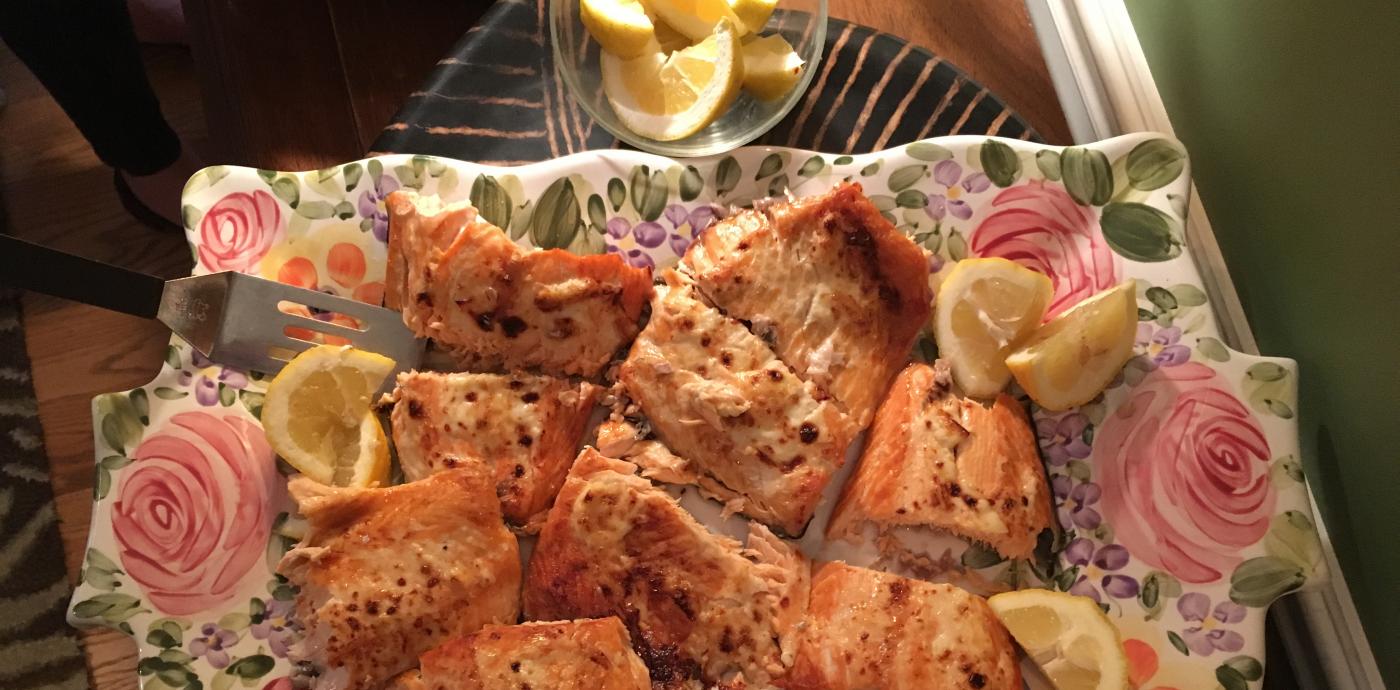
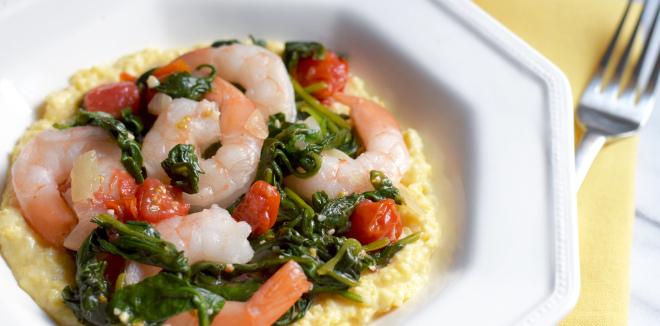
Comments
Add a Comment